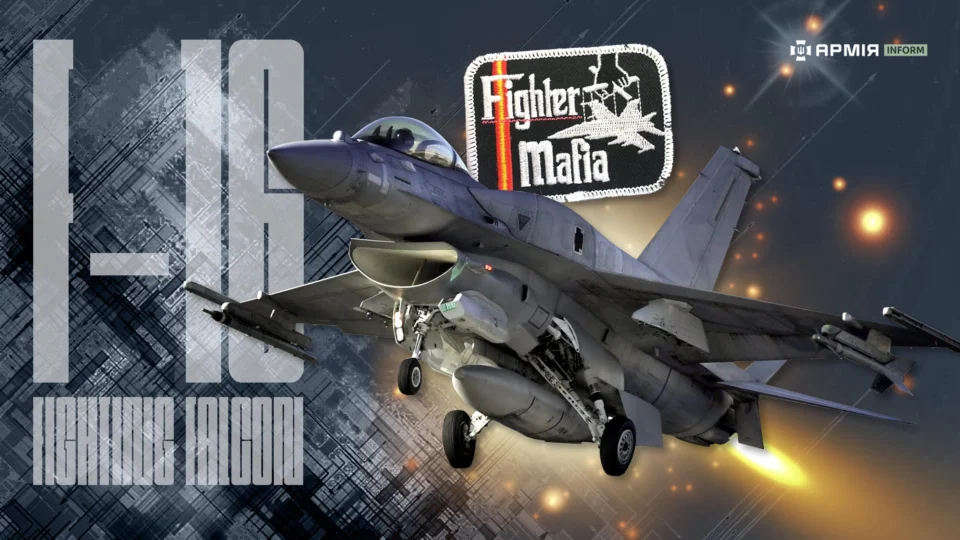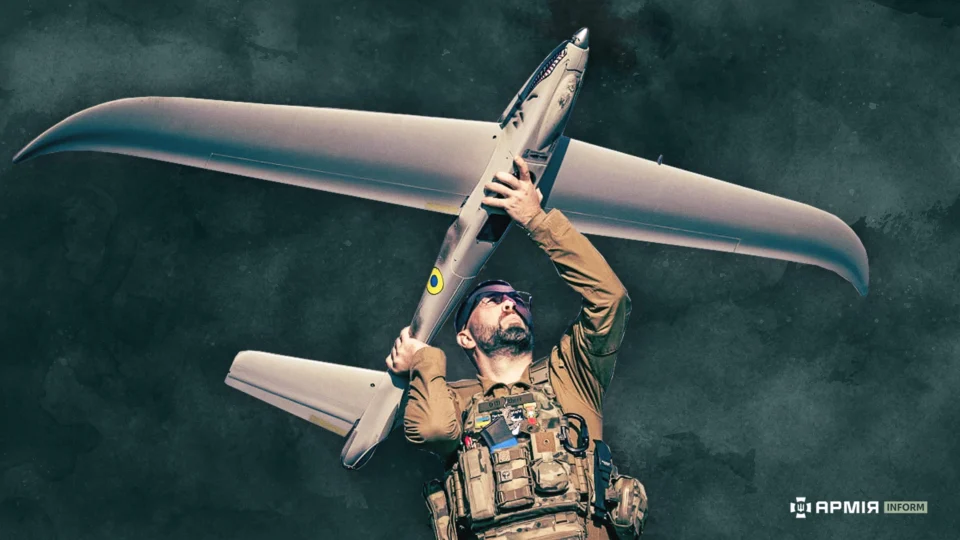A small group of officers and analysts challenged the dominant doctrine of heavy aircraft and proved that the future of…

Heat. Dust. From the bed of a truck—outwardly quite civilian—people in uniforms jump out, weapons in hand, carrying water packs and boxes of ammunition.
Then—on foot. The guard at the checkpoint greets them with a smile while wiping his face—helmet, body armor, and uniform aren’t the best match for +30°C, but rules are rules.
Jokes aside—the group of trainees from the special forces unit of the GUR MO (Main Directorate Intelligence of the Ministry of Defence of Ukraine), named “Revansh,” has arrived at one of the training ranges for their next session.

Instructor Alejandro—a volunteer from Argentina—begins setting the tasks. He has many years of service in special forces, an officer rank, and a rather distinctive English accent. Nevertheless, everyone understands him perfectly, and anything unclear is translated by the “Revansh” fighters, who are well-versed in both English and “tactical” language.
Alejandro limps slightly, but almost imperceptibly. As one of the unit officers told me, during one of the missions, Alejandro stepped on a PFM-1 “Lepestok” mine, and by some miracle, his foot was only severely injured, not severed as is usually the case. His toes were lost, but the foot was saved—thanks to his boots, as one of the soldiers whispered.

The training task for today was as follows: a group of two combat pairs to pass through a killhouse. Initially without ammunition, then with live fire.
A kilhouse—also known as a “House of Destruction” or “House of Shooting”—is a specially equipped shooting range designed for practicing shooting skills with live ammunition. It is used to train military personnel and law enforcement officers for close-quarters combat (CQB) in urban environments. Such engagements are referred to as CQB (Close Quarters Battle) or CQC (Close Quarters Combat), which are essentially the same. They involve combat or fire contact in confined spaces—rooms, corridors, galleries.

Such combat requires exceptional concentration and attention, immediate reaction, and clear coordination, as the distance of fire contact in confined spaces is less than 10 meters and usually ends within 2-3 meters of the opponent. Everything happens very quickly at very short distances. This type of combat demands a high level of cohesion and reflexive actions from the fighters. In short — today’s task aims to enhance the fighters’ ability to think and react faster, especially since among the trainees are both experienced fighters and newcomers.
The kilhouse itself is constructed from car tires filled with sand or earth—these form real labyrinths, walls, and rooms, taller than an adult person, and in places, significantly damaged by bullets.

After a brief briefing, during which Alejandro sketches the movement scheme in the sand with a stick, the first four fighters line up in combat formation.
— “Go!”
A swift entry, the shout “Cover!” from the first fighter, followed quickly by the second, then the second pair, into the next room, “Cover!” and forward again… Just a few minutes to the finish line, but they were hard-earned—sweaty faces, labored breathing.
And the debrief begins.

— “You didn’t check the corner behind the wall—count yourself as dead. You crossed your buddy’s line of fire—count yourself as injured. You moved forward without waiting for ‘cover’—what if he hadn’t finished his task yet? Overall, not bad, but—again.”
And again, the fighters pass through the labyrinth of rooms. Sweat on the uniforms, body armor becomes heavier with each step, rifles burn the hands through gloves under the sun.
This time, Alejandro walks with the group and immediately provides feedback at each stage.
— “You didn’t switch the weapon to the other shoulder. Didn’t check the corner. Didn’t wait for your buddy.”

Mistake after mistake, correct action after correct action. Finally, the task is completed. Alejandro waves his hand.
— “Good. Rest. Next group.”
The next quartet is already ready—helmets on heads, balaclavas on faces, hands on each other’s shoulders…
Forward. This group consists of experienced fighters, each with multiple rotations under their belts, but the instructor finds flaws in their actions as well.
— “Don’t forget the corner. Don’t block the line of sight. I can’t hear ‘cover’. Again!”

Finally, all groups have completed the program. And now comes the live-fire training. Of course, it’s impossible for outsiders to be inside the kilhouse during live fire exercises, so we, along with other soldiers, hear the shots from a safe distance.
After the session, I spoke with one of the instructors:
— “I see many remarks. Does this mean things aren’t going well?”
— “It’s not that the trainees are working poorly. They’re working well. Sometimes excellently. But every mistake can cost a life. That’s why we work all the time. These exercises are necessary not so much to practice close combat skills themselves, but to train the soldier’s brain to work quickly in extreme situations. I won’t say there’s no time to think at the front, but it’s always lacking—so we learn. We learn constantly. Our enemy is also learning, and that’s why we must always be one, two steps ahead.”
@armyinformcomua

President of Ukraine Volodymyr Zelenskyy reported that National Security and Defense Council Secretary Rustem Umerov and Chief of the General Staff Andriy Hnatov will hold a series of meetings in Brussels with national security advisers of European leaders.

Throughout the autumn, the intensity of hostilities increased. In November, the number of recorded combat engagements exceeded this year’s average monthly figures.

The F-16 Fighting Falcon project was born in defiance of the system. This revolutionary multirole fighter entered service thanks to the Fighter Mafia, which lobbied for the project and overcame resistance from conservative generals.

The wars of the 21st century impose unprecedented demands on the protection of military equipment.

He paid a 700-hryvnia fine just to gain the opportunity to become a volunteer in the Armed Forces of Ukraine.

Volodymyr Zelensky spoke about the preparation of peace agreements and the difficulties along this path.
A small group of officers and analysts challenged the dominant doctrine of heavy aircraft and proved that the future of…